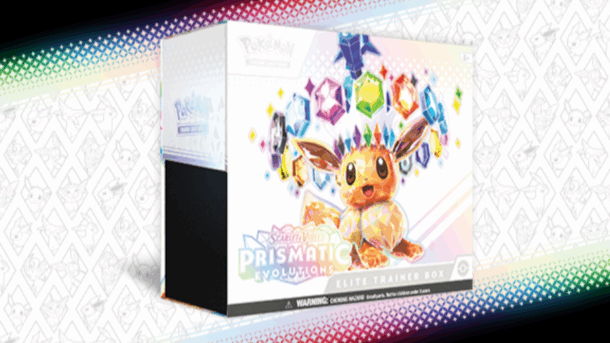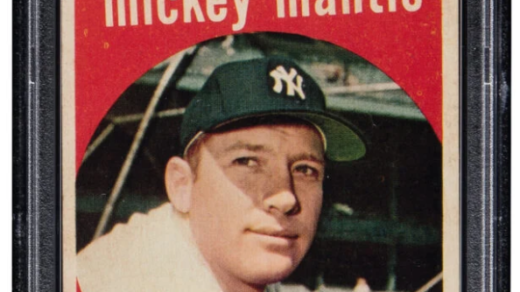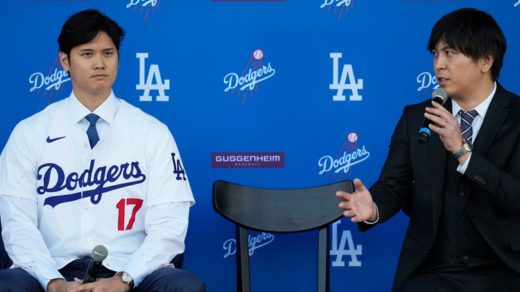If you’ve strolled past a retail behemoth on a recent Friday and stumbled upon a serpentine queue of hopefuls, you’re witnessing a scene emblematic of the current Pokémon Trading Card Game (TCG) mania. What began as a cozy trip down memory lane has morphed into a full-blown frenzy, complete with the fanfare and fervor eerily reminiscent of the sports card bubble from the ’90s. Yet, as with all hype trains, there looms an imminent question: How long will this Pokémon powerhouse ride last?
To comprehend the current state, one must first understand the chaos that is “Restock Day.” Every Friday, as if scripted by a dramatic playwright, retail shelves become battlegrounds. Here, eager collectors and opportunists, the latter better known as scalpers, lock horns. The scalpers, however, aren’t your neighborhood Pokémon enthusiasts — they’re mercenaries in the collectibles world, wielding credit cards like swords, amassing hordes of boxes, tins, and packs, gambling on the market’s volatility to turn a profit.
This scenario leaves a bitter taste, especially for the genuine collector, as these avid fans, often young and fervent, find themselves consigned to mere bystanders. With scalped products swiftly transferred from store shelves to virtual marketplaces, prices reach absurd heights, effectively shutting out many enthusiasts simply hoping for a nostalgic or new-gen dip into the Pokémon universe.
Yet, in response to this insatiable craving, The Pokémon Company has donned its printing hats with vigor. More cards were printed to satisfy those hungry hands, yet ironically, this solution may fuel a different fire. Popular sets that once had collectors drooling over perceived rarity are now about as scarce as an empty shelf. Take, for example, the coveted “Van Gogh Pikachu” promotional card — with nearly 40,000 PSA 10 copies graded to perfection, the word “rare” seems almost laughable now.
This saga feels like déjà vu. The parallels to the sports card bubble of yore are unmistakable. Then, production exploded to meet demand, but the promise of gold turned into fool’s gold as collectors realized their rare troves were, in truth, about as rare as a thunderstorm on the Scottish moors. Prices tanked, dreams were dashed, and what collectors were left with was a surplus of cardboard, unworthy of the hype once showered upon it.
With today’s Pokémon scene poised perilously on the precipice of a similar fate, many are casting glances back in time for lessons learned. Speculative purchasing, an overheated marketplace, buoyed more by bluster than bona fide scarcity, and the proliferation of high-graded cards all signal a potential game-over screen looming.
The real curiosity lies in the timing. When will the Pokémon bubble pop, if it does at all? The crystal ball remains hazy. Still, signs suggest we’re nearing a saturation apex. Scalpers, some drowning in credit-card debt, may be forced into a fire sale if values stabilize or worse—decline. Informed collectors, now realizing the vast numbers behind the so-called “rare” cards, might opt to sit out, leading the market into a price drop.
For those seasoned in the collectible realm’s roller coaster, patience is the watchword. Should history repeat its cycle of boom and bust—the current saga of rapid Pokémon proliferation may contract just as dramatically, leaving behind narratives of inflated hype, punctured in due time by reality. Beyond the manufactured frenzy, discerning collectors still whisper the age-old adage: only true rarity endows cards with timeless value.
As knee-deep investors tread cautiously, only time will unveil if the Pokémon TCG resurgence signifies a holding pattern before new heights or a fleeting rise before the inevitable dip. For now, the thrill of the chase captivates the imagination, promising tales of triumph and caution in equal measure.




